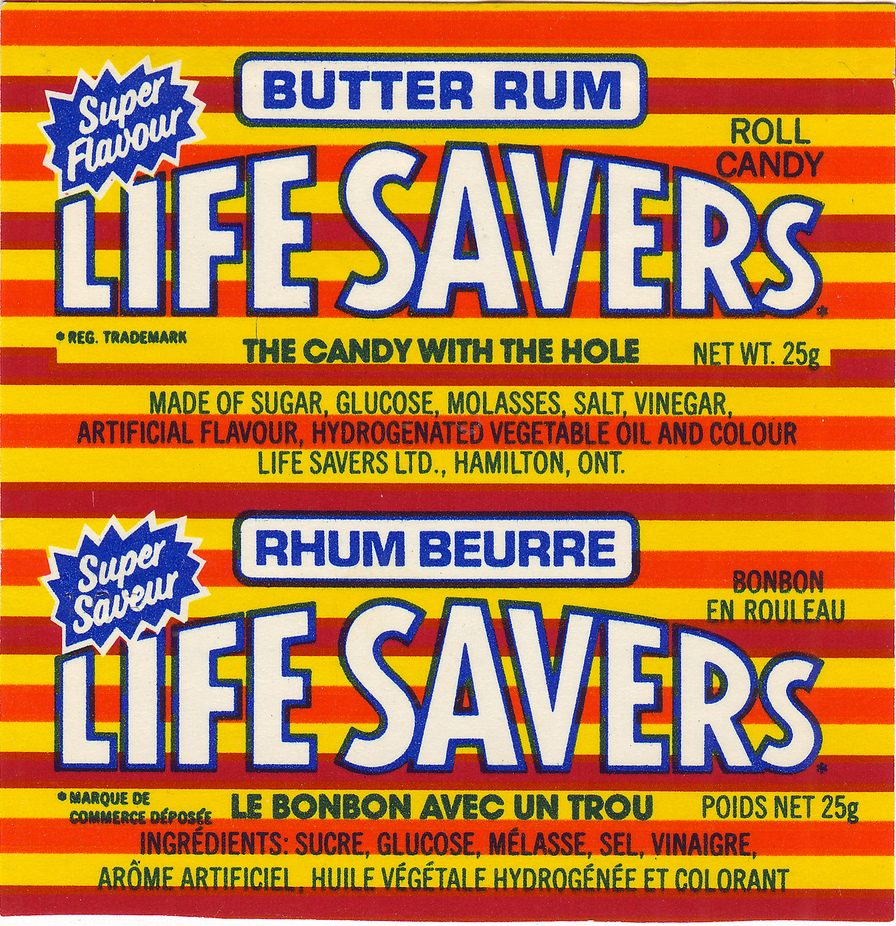Chapter 7: Product
7.2 Types of Consumer Offerings
Learning Objectives
- Define the various types of offerings marketed to individual consumers.
- Explain why a single offering might be marketed differently to different types of consumers.
Products and services can be categorized in a number of ways. We will use these categories throughout the book because they are the most commonly referred to categories by marketers and because there are marketing implications for each. Consumer offerings fall into four general categories:
- Convenience offerings
- Shopping offerings
- Specialty offerings
- Unsought offerings
In this section, we will discuss each of these categories. Keep in mind that the categories are not a function of the characteristic of the offerings themselves; rather, they are a function of how consumers want to purchase them, which can vary from consumer to consumer. What one consumer considers a shopping good might be a convenience good to another consumer.
Convenience Offerings
Convenience offerings are products and services consumers generally don’t want to put much effort into shopping for because they see little difference between competing brands. For many consumers, bread is a convenience offering. A consumer might choose the store in which to buy the bread but be willing to buy whatever brand of bread the store has available. Marketing convenience items is often limited to simply trying to get the product in as many places as possible where a purchase could occur.

Closely related to convenience offerings are impulse offerings, or items purchased without any planning. The classic examples are the candy bars and gum at supermarket checkouts that encourage a purchase while waiting in line.
Shopping Offerings
A shopping offering is one for which the consumer will make an effort to compare and select a brand. Consumers believe there are differences between similar shopping offerings and want to find the right one or the best price. Buyers might visit multiple retail locations or spend a considerable amount of time visiting websites and reading reviews about the product.
Consumers often care about brand names when they’re deciding on shopping goods. If a store is out of a particular brand, then another brand might not do. For example, if you prefer Crest toothpaste and the store you’re shopping at is out of it, you might put off buying the toothpaste until your next trip to the store. Or you might buy a small tube of some other toothpaste until you can get what you want. Note that even something as simple as toothpaste can become a shopping good for someone very interested in her dental health—perhaps after she’s read online product reviews or consulted with her dentist. That’s why companies like Procter & Gamble, the maker of Crest, work hard to influence not only consumers but also people like dentists who influence the sale of their products.

Specialty Offerings
Specialty offerings are highly differentiated offerings, and the brands under which they are marketed are very different across companies, too. For example, a Triumph or Ducati motorcycle is likely to be far different feature-wise than a Kawasaki or Suzuki motorcycle. Typically, specialty items are available only through limited channels. For example, designer handbags available only in exclusive outlets are considered specialty offerings. Specialty offerings are purchased less frequently than convenience offerings; therefore, the profit margin on them tends to be greater.
Note that while marketers try to distinguish between specialty offerings, shopping offerings, and convenience offerings, it is the consumer who ultimately makes the decision. Therefore, what might be a specialty offering to one consumer may be a convenience offering to another. For example, one consumer may never go to Great Clips or Super Cuts because hair styling is seen as a specialty offering. A consumer at Great Clips might consider it a shopping offering, while a consumer for Super Cuts may view it as a convenience offering. The choice is the consumer’s.

Marketing specialty goods requires building brand name recognition in the minds of consumers and educating them about your product’s key differences. This is critical. For fashion goods, the only point of difference may be the logo on the product (for example, an Izod versus a Polo label on the shirt). Even so, marketers spend a great deal of money and effort to try to get consumers to perceive these products differently than their competitors.
Unsought Offerings
Unsought offerings are those that buyers do not generally want to have to shop for until they need them. Insurance and funeral services are generally considered unsought offerings. Marketing unsought items is difficult. Some organizations try to presell the offering, such as pre-sales in the funeral industry or travel insurance in the airline industry. Other companies, such as insurance companies, try to create a strong awareness among consumers so that when the need arises for these products, consumers think of their organizations first.
Key Takeaways
Convenience offerings, shopping offerings, specialty offerings, and unsought offerings are the major types of consumer offerings. Convenience offerings often include life’s necessities (bread, milk, fuel, and so forth), for which there is little difference across brands. Shopping goods do vary, and many consumers develop strong preferences for some brands versus others. Specialty goods are even more exclusive. Unsought goods are a challenge for marketers because customers do not want to have to shop for them until they need them.
Review and Reflect
- What are the four types of consumer offerings? How do they differ from one another?
- Is it possible for cemetery plots or caskets to be a shopping good or a specialty good? Or are they always unsought goods?
- Time to practice the identification of specific offerings:
Media Attributions
- LifeSavers – Canadian Butter Rum – 1980 © Jason Liebig is licensed under a CC BY-NC (Attribution NonCommercial) license
- I know this sounds silly, but this Crest vanilla flavored whitening © Ben Lucier is licensed under a CC BY (Attribution) license
- Custom Made Motercycle at Faak am See 2008 © Davin7 is licensed under a Public Domain license
products and services consumers generally don’t want to put much effort into shopping for
items purchased without any planning
one for which the consumer will make an effort to compare and select a brand
highly differentiated offerings
those that buyers do not generally want to have to shop for until they need them

